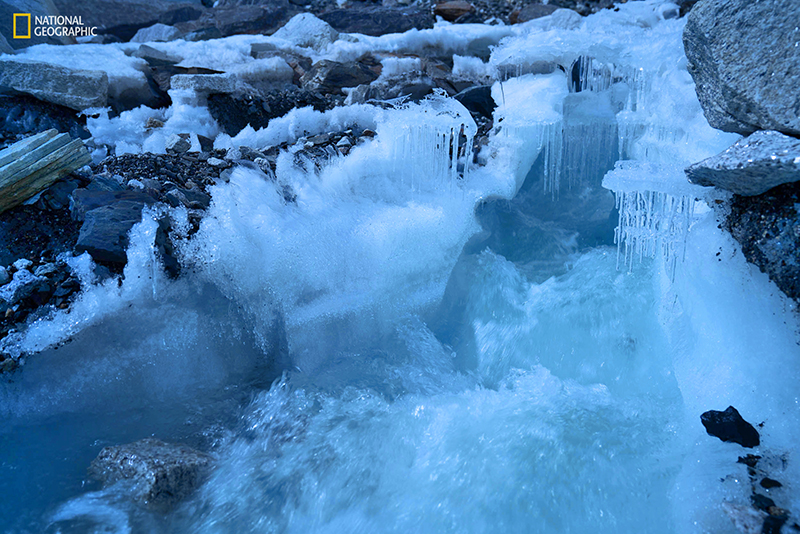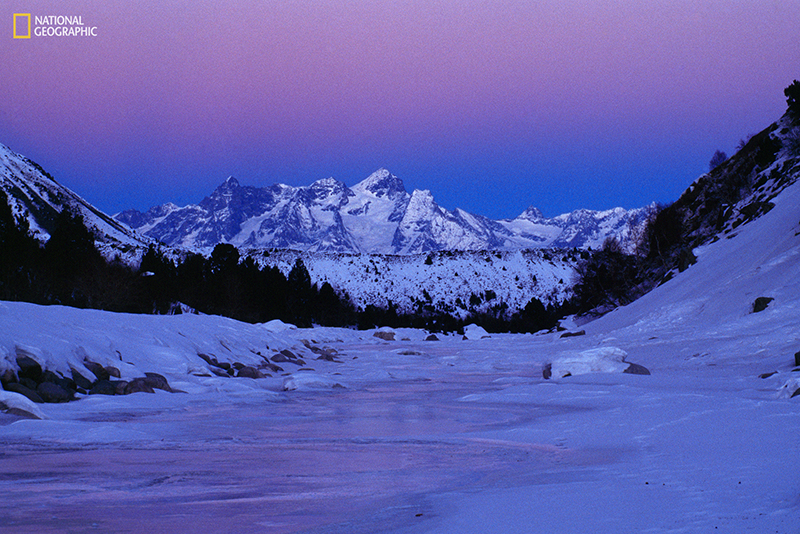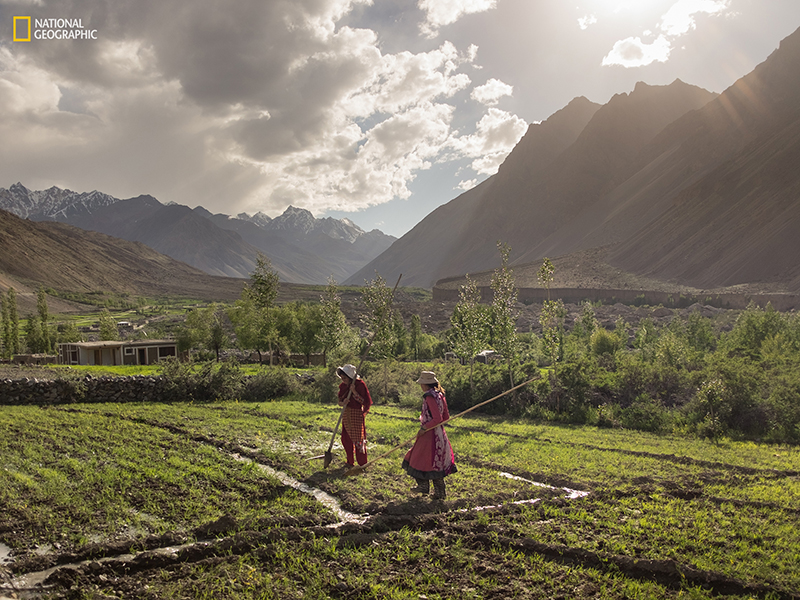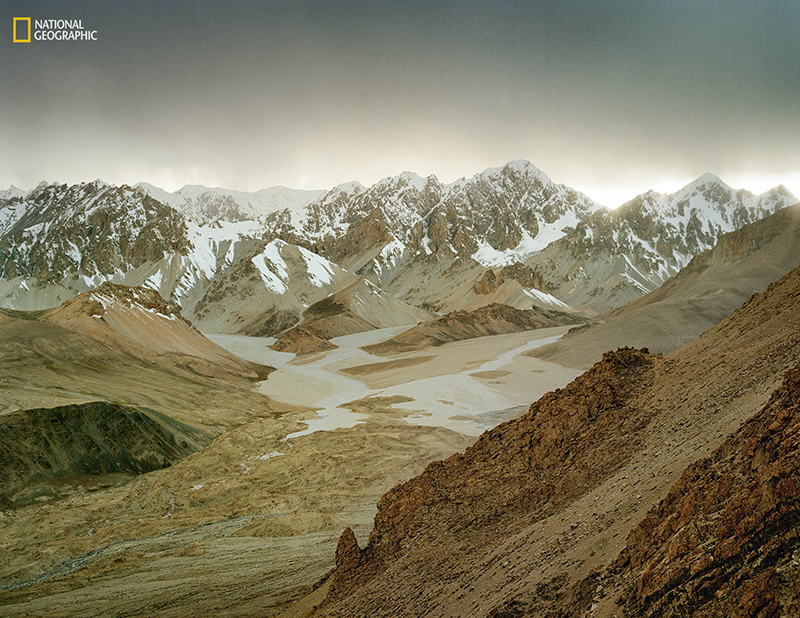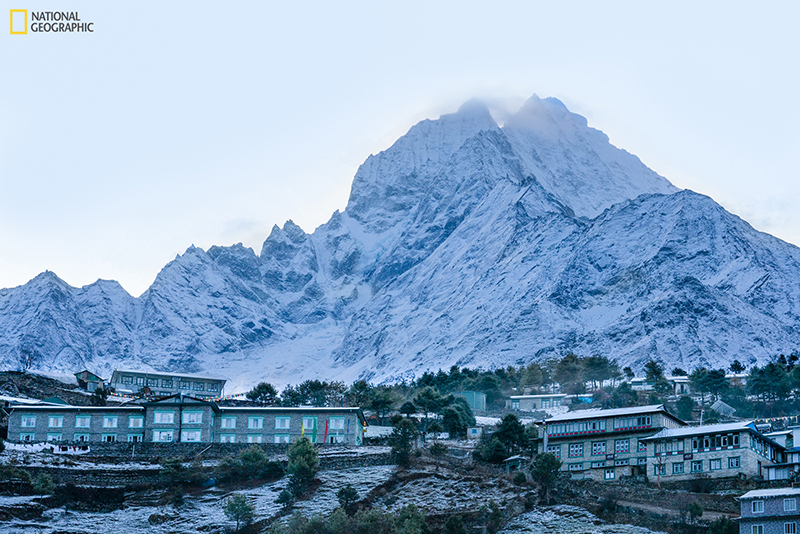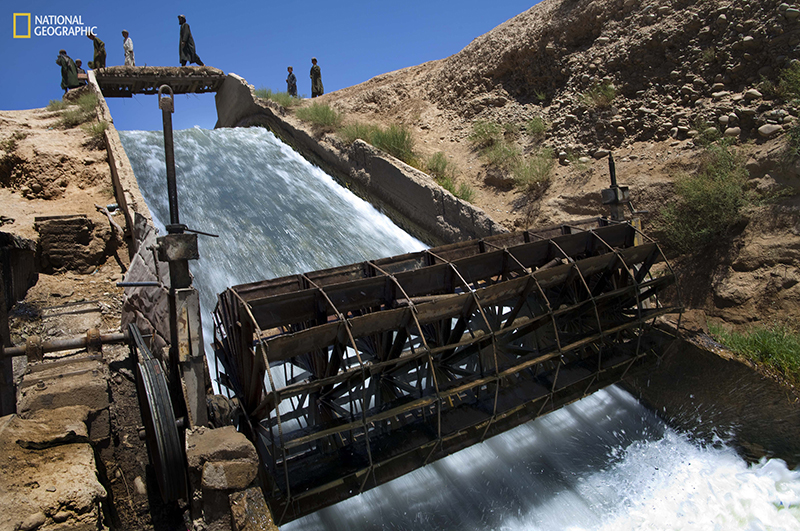College of Arts and Sciences Newsroom
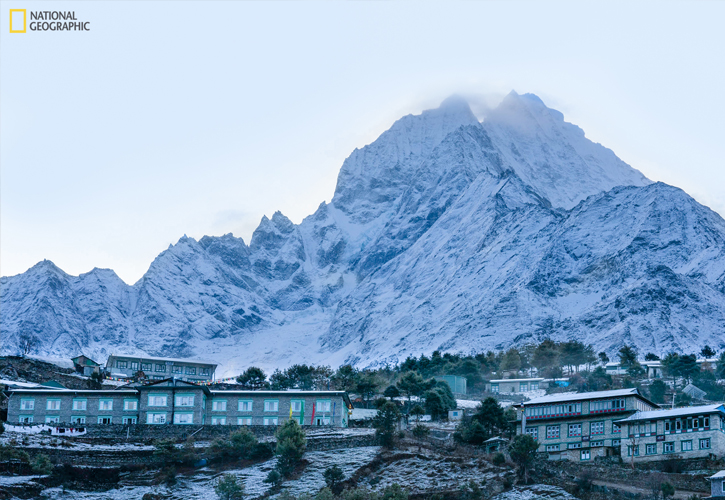
In research published in Nature, UD geologist contributes to global index of most important, threatened water towers
By Dave Larsen
University of Dayton environmental geologist Umesh Haritashya is one of 32 international scientists who contributed to research published Dec. 9 in Nature that assessed and ranked the planet’s 78 mountain glacier-based water systems in order of their importance to adjacent lowland communities and vulnerability to future environmental and socioeconomic changes.
These systems, known as mountain water towers, store and transport water via glaciers, snow packs, lakes and streams for 1.9 billion people globally — roughly a quarter of the world’s population.
This study provides evidence global water towers are at risk, in many cases critically, because of threats of climate change, population growth, mismanagement of water resources and other geopolitical factors. The authors conclude it is essential to develop international, mountain-specific conservation and climate change adaptation policies and strategies to safeguard both ecosystems and people downstream.
Haritashya, associate professor in the Department of Geology and the Brother Leonard A. Mann, S.M., Chair in the Sciences, supported analysis for the glaciers in the High Mountain Asia region and the contribution from meltwater discharge.
“Mountain glaciers supply a considerable amount of water to the rivers and support increasing human water demands in the downstream region,” he said. “However, as demands on this vital resource are increasing, so does their vulnerability. Therefore, in this study, we developed a water tower index and ranked each one of the world's water towers based on numerous possible factors.”
Since 2012, Haritashya and his research colleagues have received nearly $3 million in NASA research funding to study glacial lakes and landslides in the Himalaya and Karakoram mountains of southeast Asia. His research involves field work, as well as the use of satellite imagery and computer modeling.
The Nature paper, The Importance and Vulnerability of the World's Water Towers, determined the world’s most relied-upon mountain system is the Indus water tower in Asia. The Indus tower — made up of vast areas of the Himalayan mountain range and covering portions of Afghanistan, China, India and Pakistan — is also one of the most vulnerable. High-ranking water tower systems on other continents are the southern Andes, the Rocky Mountains and the European Alps.
“The significance of this research is enormous, especially because more than a billion people living in the downstream areas can be significantly impacted by the changes in the world's water towers,” Haritashya said.
To determine the importance of these 78 water towers, researchers analyzed the various factors that determine how reliant downstream communities are upon the supplies of water from these systems. They also assessed each water tower to determine the vulnerability of the water resources, as well as the people and ecosystems that depend on them, based on predictions of future climate and socioeconomic changes.
Of the 78 global water towers identified, the following are the five most relied-upon systems by continent:
- Asia: Indus, Tarim, Amu Darya, Syr Darya, Ganges-Brahmaputra
- Europe: Rhône, Po, Rhine, Black Sea North Coast, Caspian Sea Coast
- North America: Fraser, Columbia and Northwest United States, Pacific and Arctic Coast, Saskatchewan-Nelson, North America-Colorado
- South America: South Chile, South Argentina, Negro, La Puna region, North Chile
Walter Immerzeel and Arthur Lutz of Utrecht University in the Netherlands led the study. Both are longtime researchers of water and climate change in high mountain Asia.
“What is unique about our study is that we have assessed the water towers’ importance, not only by looking at how much water they store and provide, but also how much mountain water is needed downstream and how vulnerable these systems and communities are to a number of likely changes in the next few decades,” Immerzeel said.
Lutz said that by assessing all glacial water towers on Earth, researchers identified the key basins that should be on top of regional and global political agendas.
National Geographic and Rolex supported the research as part of their Perpetual Planet partnership, which aims to shine a light on the challenges facing the Earth’s critical life-support systems, support science and exploration of these systems, and empower leaders around the world to develop solutions to protect the planet.
“Mountains are iconic and sacred places around the world, but the critical role they play in sustaining life on Earth is not well understood," said Jonathan Baillie, executive vice president and chief scientist at the National Geographic Society. "This research will help decision-makers, on global and local levels, prioritize where action should be taken to protect mountain systems, the resources they provide, and the people who depend on them.”
To learn more, visit natgeo.com/PerpetualPlanet.

